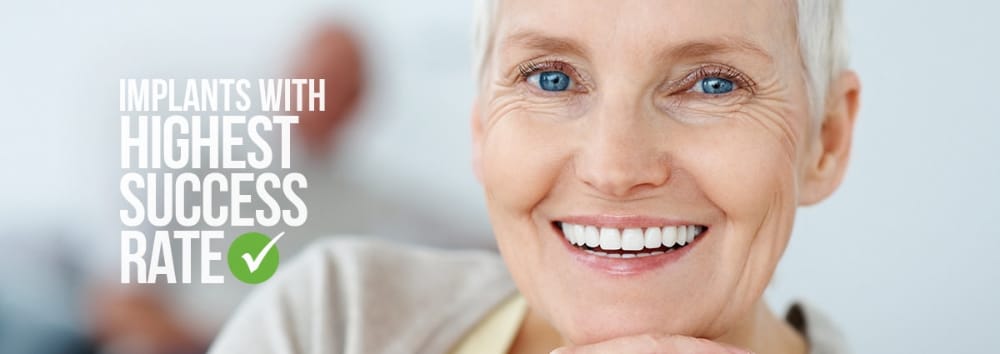
Introduction
A confident smile is a powerful asset, and crooked teeth can sometimes hold us back. Fortunately, modern orthodontics offers a range of options for correcting misaligned teeth. Dr. Shipra Agrawal, a leading expert in orthodontic care, provides valuable insights into two popular treatments: traditional braces and Invisalign. In this article, we will explore these orthodontic solutions to help you make an informed choice for a straighter, healthier smile.
Understanding Crooked Teeth
Misaligned or crooked teeth, known as malocclusion, can lead to a variety of issues beyond aesthetic concerns. They can affect your bite, speech, and oral hygiene. The causes of crooked teeth can be genetic, environmental, or a combination of both. Addressing these issues is crucial for both oral health and overall well-being.
Traditional Braces: Time-Tested and Effective
Traditional braces have been the standard for orthodontic treatment for decades. They consist of metal brackets bonded to your teeth and connected by wires. Here are some key aspects to consider:
- Effectiveness: Traditional braces are highly effective for complex orthodontic issues, including severe misalignments and bite problems.
- Customization: They can be customized with colored bands, making them more appealing, especially for younger patients.
- Maintenance: Braces require regular adjustments by your orthodontist to ensure teeth move correctly. Proper oral hygiene is essential to prevent plaque buildup.
- Duration: The treatment duration varies but typically takes around 18 to 24 months.
Invisalign: A Discreet Alternative
Invisalign, on the other hand, is a relatively new approach to orthodontic treatment, offering several advantages:
- Invisibility: Invisalign uses clear, removable aligners that are nearly invisible, making them a popular choice for those seeking a discreet treatment option.
- Comfort: The aligners are smooth and more comfortable than traditional braces, as they don’t involve wires or brackets that may cause irritation.
- Removability: Invisalign aligners are removable, allowing you to eat, brush, and floss without restrictions. This improves oral hygiene and reduces the risk of cavities.
- Shorter Treatment Duration: Invisalign typically takes 12 to 18 months, making it a quicker option for many patients with mild to moderate misalignments.
Which Option Is Right for You?
The choice between traditional braces and Invisalign depends on various factors, including the severity of misalignment, your age, and personal preferences. Dr. Shipra Agrawal recommends discussing these aspects with your orthodontist, who can assess your unique needs and guide you towards the most suitable treatment.
In general, traditional braces are highly effective for complex cases and for younger patients who may not be as diligent with aligner wear. Invisalign is a fantastic option for adults and older teenagers who value the discreet appearance and convenience of removable aligners.
Conclusion
Whether you opt for traditional braces or Invisalign, the end goal is the same: a straighter, healthier smile that boosts your confidence and improves your oral health. Dr. Shipra Agrawal’s expertise in orthodontics provides valuable insights into these treatment options, giving you the knowledge you need to make an informed choice. The key is to take that first step towards orthodontic care, and with the guidance of a qualified orthodontist, you can look forward to a future with beautifully aligned teeth and a more radiant smile.
For more info. please visit : https://www.ahrihospital.com/










